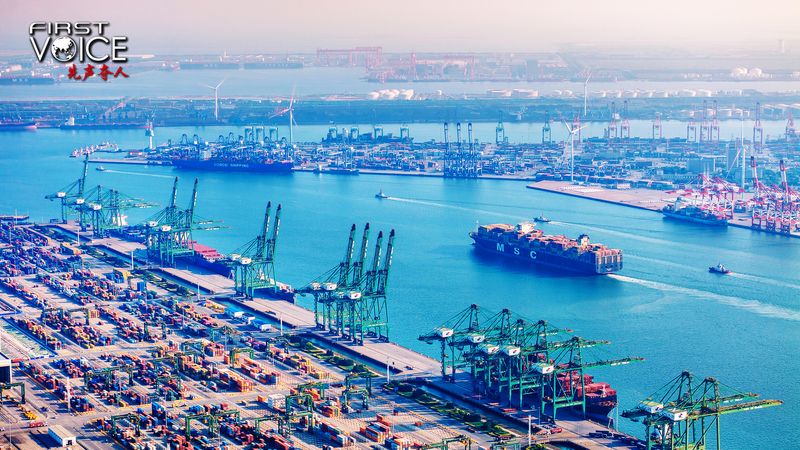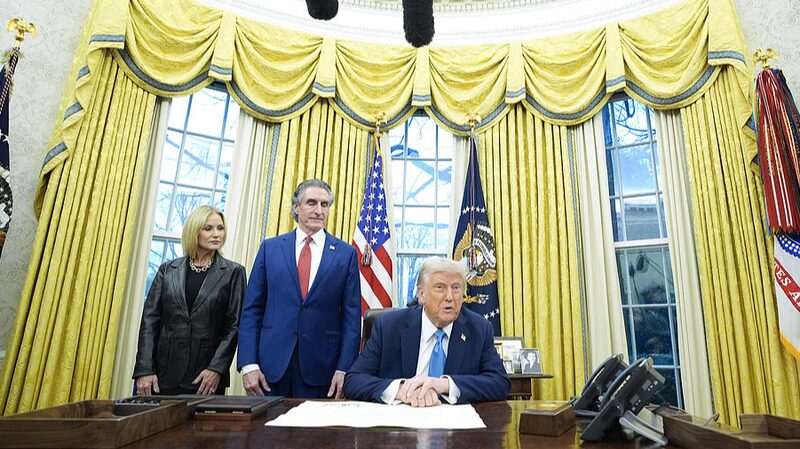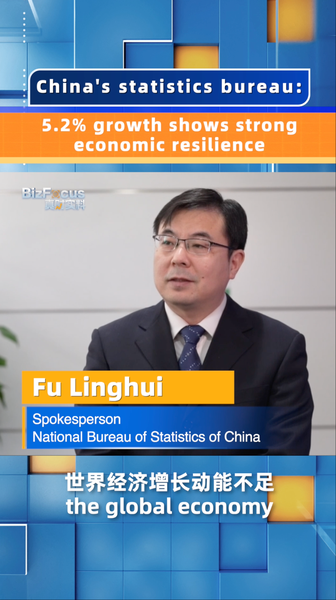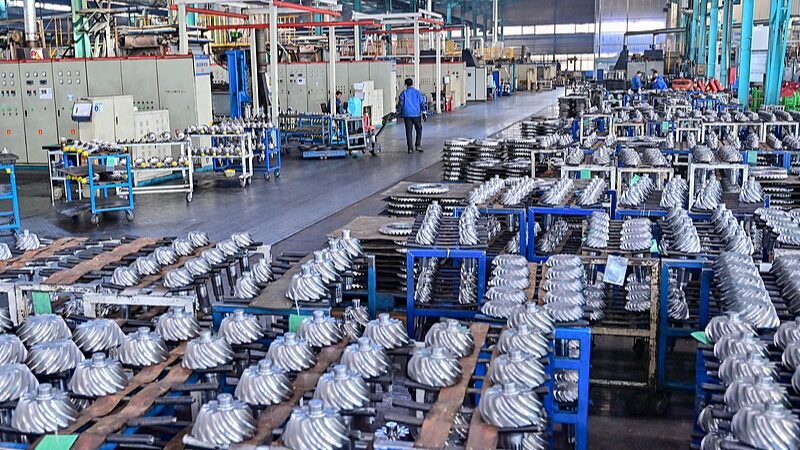As the U.S. announced a 100% tariff hike on select Chinese imports and export controls on critical software late Friday, global markets reacted with unease. Major American tech stocks, including Nvidia and Tesla, fell sharply, compounding earlier losses triggered by trade uncertainty. Despite Washington's claims of Chinese trade restrictions, analysts highlight China's robust economic fundamentals as a stabilizing force in the ongoing dialogue.
Steady Growth Amid Challenges
Recent data from China's National Bureau of Statistics reveals a manufacturing sector on the rebound, with September's purchasing managers' index rising to 49.8. Though slightly below the expansion threshold, the uptick signals accelerating production and improved business sentiment. First-half 2025 GDP growth hit 5.3%, driven by a 6.4% surge in industrial output and 5% growth in retail sales, underscoring domestic demand's critical role in sustaining momentum.
International Confidence in China's Trajectory
The International Monetary Fund (IMF) and World Bank have both revised China's 2025 growth forecasts upward to 4.8%, citing strong policy adjustments and consumption trends. Domestic demand now accounts for 68.8% of GDP growth, with final consumption expenditure contributing 52%—a testament to China's shifting economic drivers.
A Strategic Approach to Trade
While U.S. tariff threats continue to roil markets, China's measured response reflects its confidence in long-term economic strategies. As global institutions reaffirm their optimism, Beijing's focus on innovation and domestic consumption positions it to navigate trade headwinds while reinforcing its role in stabilizing supply chains.
Reference(s):
cgtn.com








